The Golden Pothos has been incredibly popular lately! Everywhere you look, you see its thick, shiny green leaves in beautiful photos, and merchants have been hyping it up—calling it a "natural air purifier," a "formaldehyde-absorbing expert," and claiming it can elevate your office style when placed on your desk. But wait, is it really that reliable?
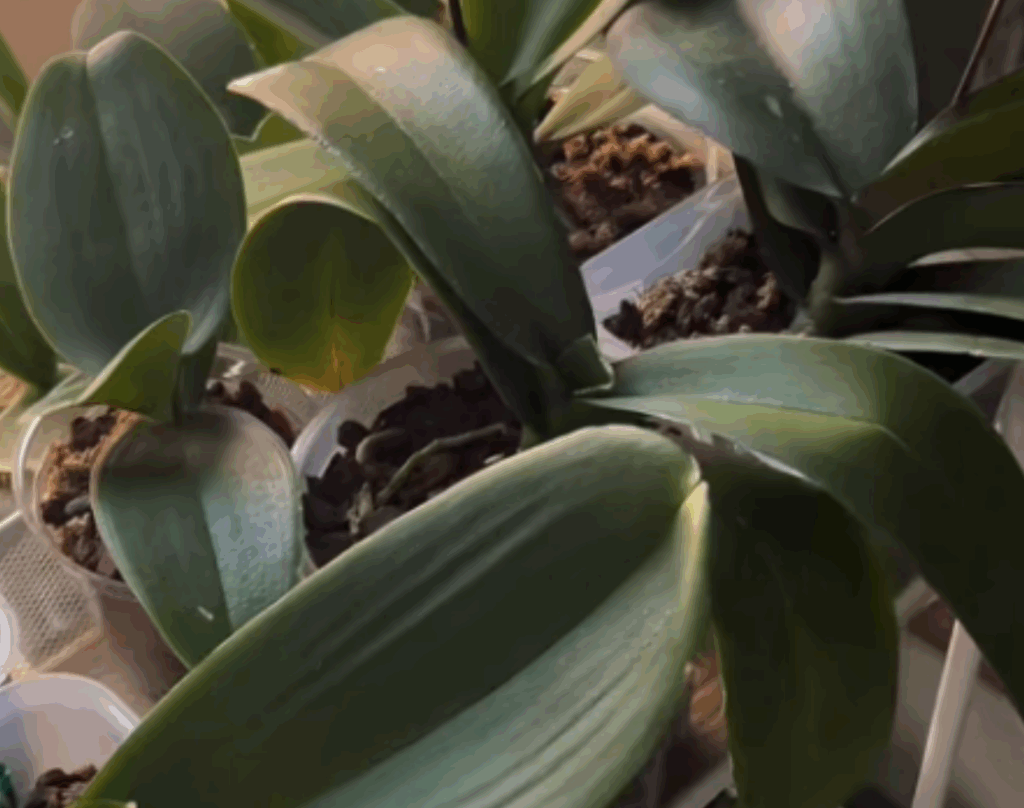
Why has the Golden Pothos become the new office favorite?
It grows in such a charming way: its large, thick leaves are so green they almost seem to glisten, and it stays evergreen all year round. Unlike succulents that often "drop dead" at the slightest provocation, you can just place it casually on your desk, and it instantly brings life to a dull office space. Posting a picture of it on social media can get you a bunch of likes in no time. What’s even better is that it’s super easy to care for, making it a savior for people who can’t keep plants alive. Just water it a little, and it thrives, no need to fret like you do with orchids.
Now, the part everyone’s most curious about—does the Golden Pothos really remove formaldehyde?
After renovating a house, formaldehyde, benzene, and other harmful gases can be a headache. The Golden Pothos can actually help with this. Through photosynthesis, it absorbs harmful gases like formaldehyde and hydrogen sulfide from the air, turning them into nutrients for its own growth, while releasing oxygen to improve indoor air quality. If you’ve just renovated, placing a few Golden Pothos around will make you feel more at ease. However, while it can help purify the air, don’t put all your hopes on it. To effectively remove formaldehyde, you need a closed space with high plant density, so putting one or two pots at home is mostly for peace of mind. Ventilation is still key for removing formaldehyde.
Here’s the important part! The Golden Pothos is actually toxic!
It belongs to the Araceae family, and if curious kids or cats nibble on its leaves, it can cause mild symptoms like mouth burning and throat swelling, or more severe symptoms like vomiting and diarrhea. If the sap comes into contact with skin, it may cause redness, swelling, and itching. So if you have children, pets, or people with allergies at home, either place it high up as an "aerial garden," or replace it with a non-toxic plant like pothos or spider plants.
Also, the Golden Pothos is a bit picky about its growing environment.
As a typical tropical plant, it loves sunlight. If it doesn’t get enough light, its leaves will droop and lack energy. So, if you live on a lower floor or in a place with poor lighting, it may be a bit harder to care for. It also likes humidity but doesn’t tolerate waterlogging—overwatering can cause yellowing and rotting leaves. It’s sensitive to cold and dryness, so if you live in the north, you need to pay extra attention. It can’t be kept on a balcony in winter as it might freeze, and if it’s kept indoors, it might become too dry. Also, its leaves tend to collect dust, which can dull their glossy shine, and it’s particularly prone to spider infestations and cobwebs. If you’re afraid of spiders, you might want to reconsider.
In conclusion:
The Golden Pothos has high aesthetic value and helps purify the air, but it also has toxic properties and requires specific growing conditions. If your home has good lighting, ventilation, and you don’t have kids or pets who might touch it, a few pots of Golden Pothos can indeed beautify your space and purify the air. However, if your conditions aren’t ideal, you should think carefully before getting one.

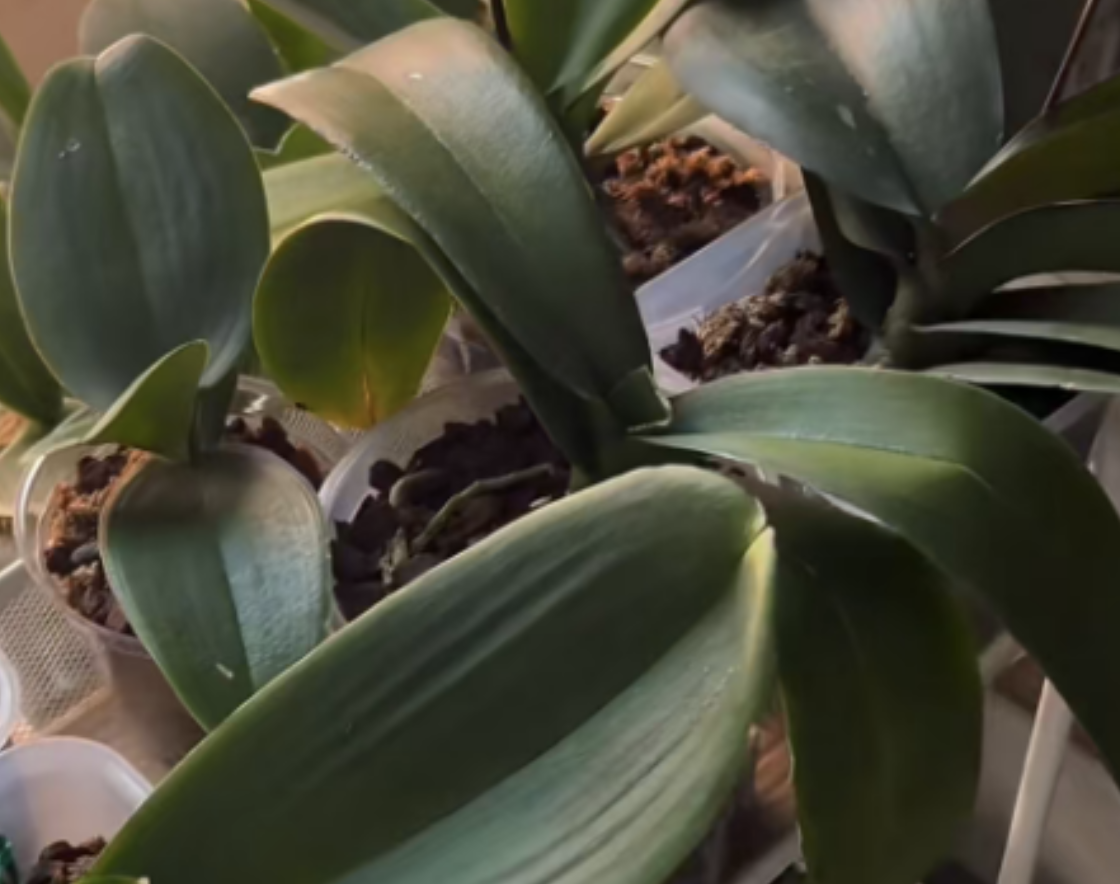
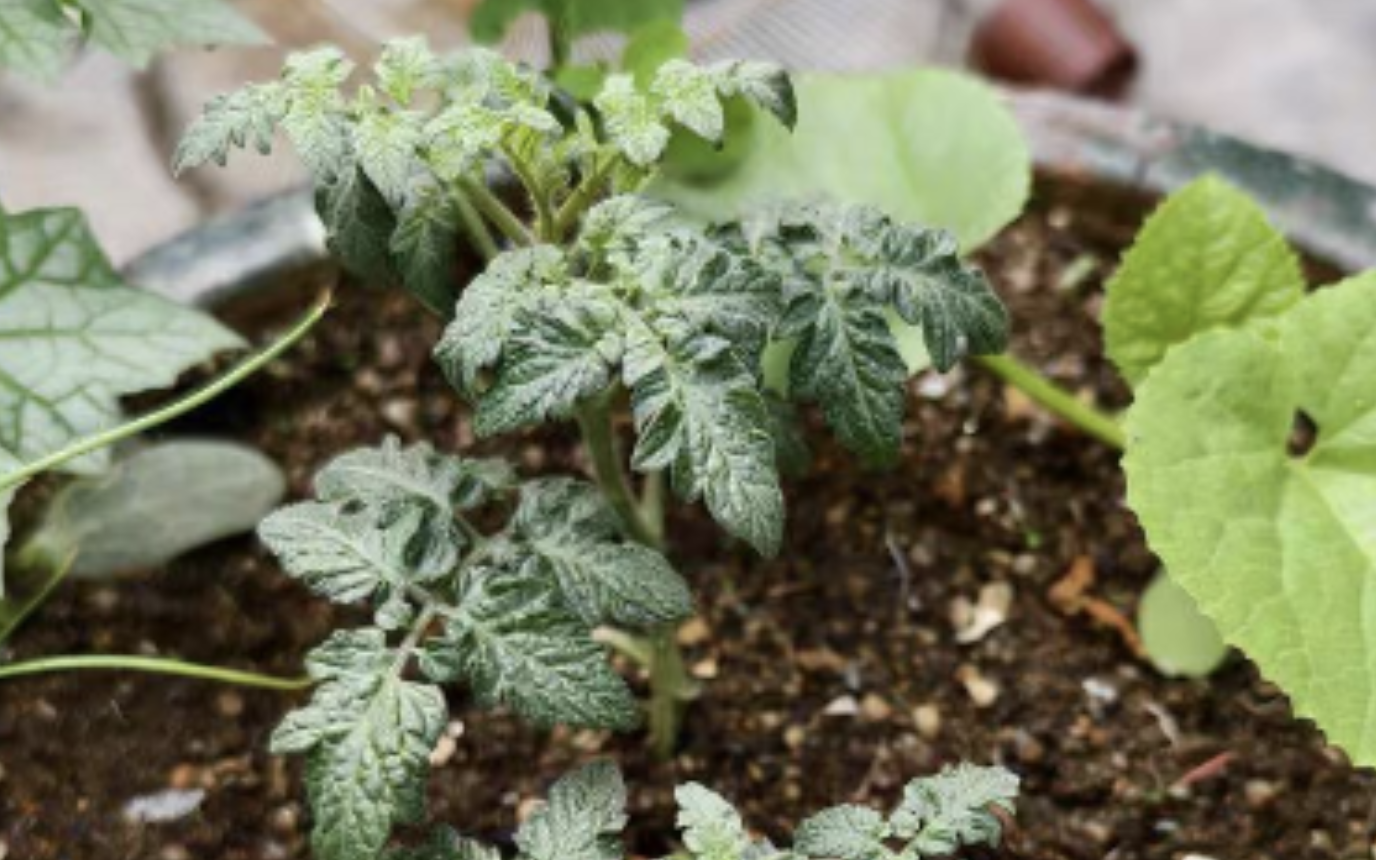
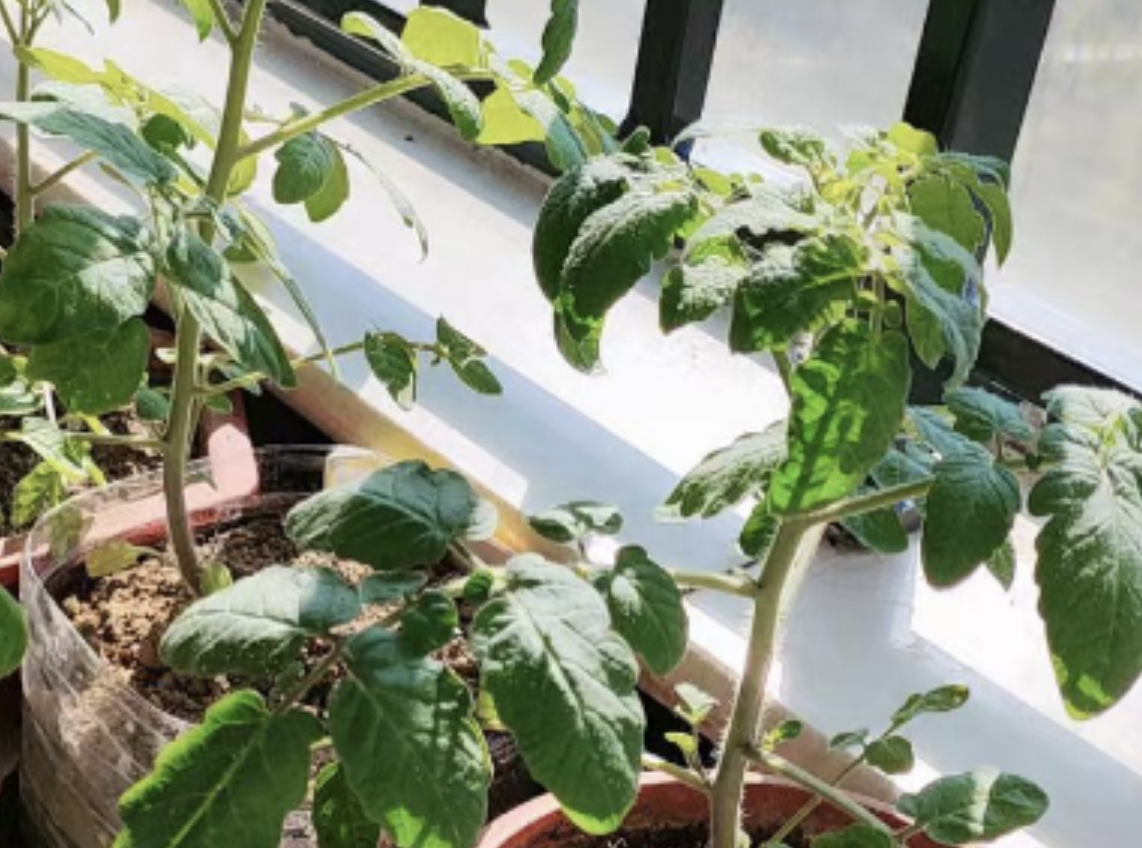
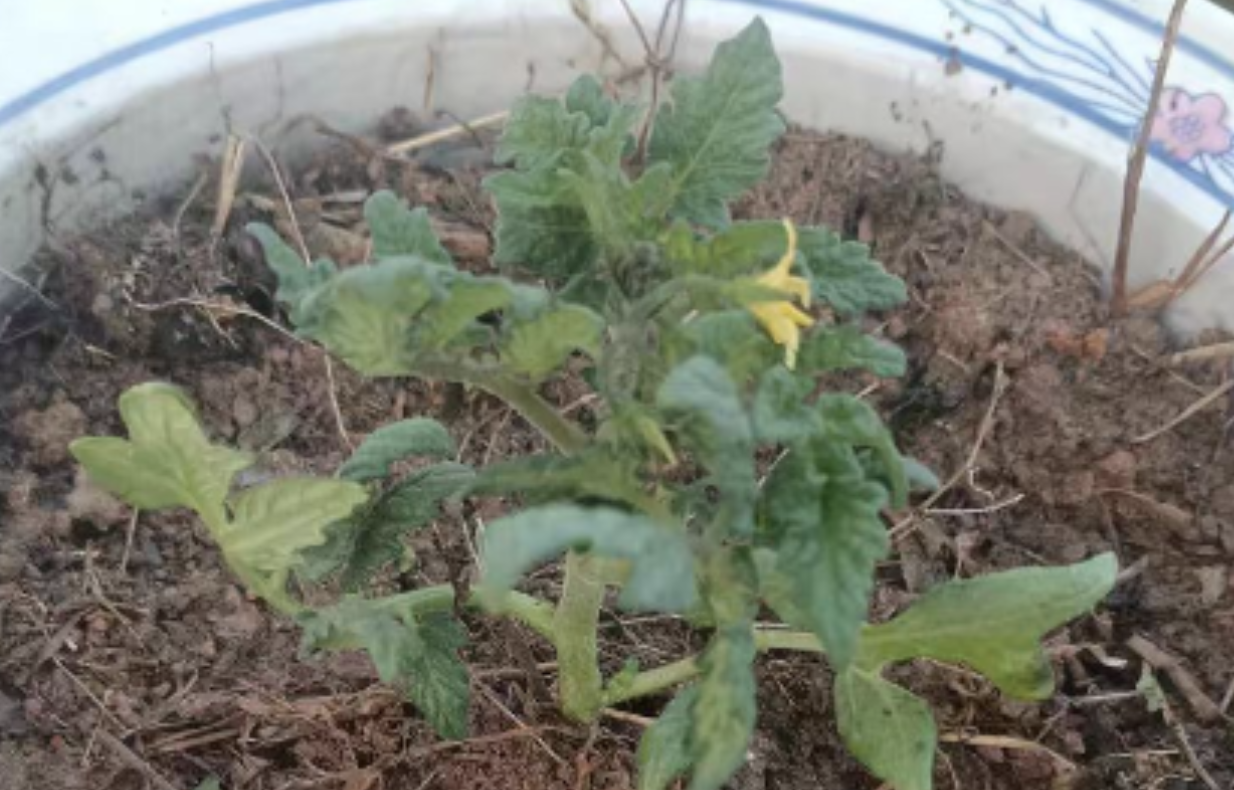
Leave a Reply